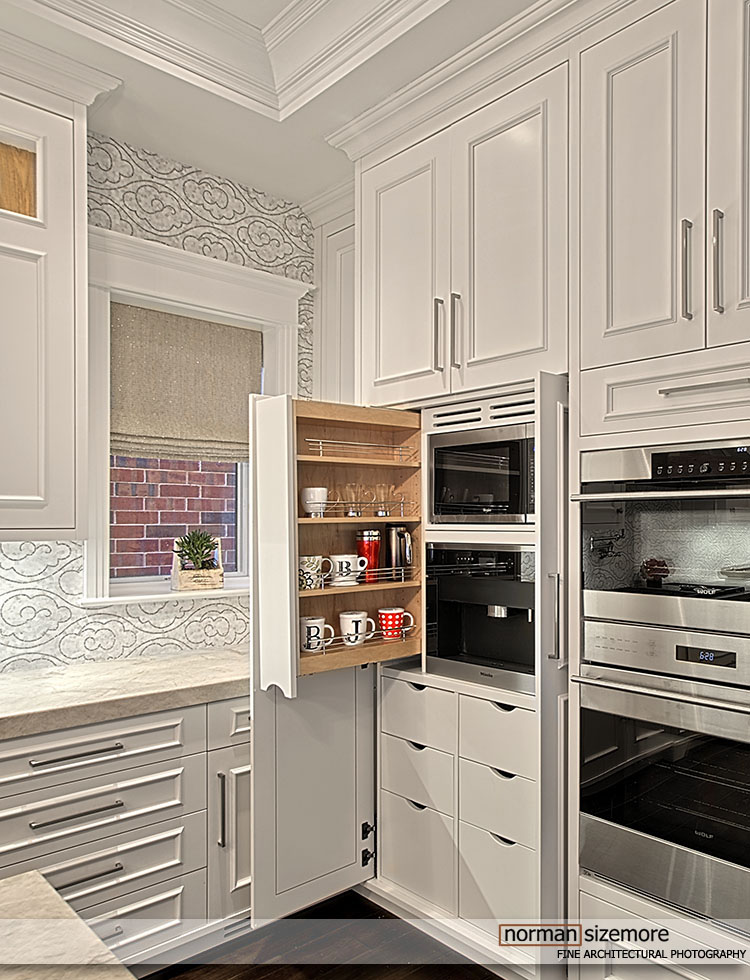Interior designers are some of my favorite clients to work
with. This is largely because the work
they do is all about details. They work hard to get even the smallest nuances
just perfect, resulting in a finished project that is not only a statement of
their vision and talent, but also reflects their client’s dream.
Few, if anyone, do this better than Marietta Calas of Expressive
Interiors. I’ve worked with her on many
projects over the years and I’m always impressed with the finished
product. In fact, several images of her
work have been featured in my own marketing pieces because of the visual
interest she is so adept at creating.
Everything from paint, wall coverings, carpets, furnishings,
fixtures and art are brought together to wow, stun, and thrill at first sight.
That was my reaction when I first walked into one of her projects, and it is
still my reaction when I see her current work.
I can’t imagine how excited her clients must be when they see the final result!
Her work has been featured in CS Interiors, LUXE, Builders
Journal, Chicago/HOME, The Chicago Home & Condo, TRENDS, Build My Kitchen,
Architectural Leaders Today, Long
Grove Living, Chicago Tribune and The Daily Herald, just to name a few.
Marietta has served for several years on the IFDA Board as
well as the Long Grove Architectural Board, and has been consistently
recognized with numerous design awards:
Chicago Design Team
Top 10 Designer
2006, 2008, 2010, 2011, 2012, 2014
Best of Houzz
2012, 2013, 2014, 2015, 2016, 2017
The Daily Herald
People’s Choice Award
for Interior Design
2009, 2010, 2011, 2012, 2013
International Furnishings and Design Association
Best Interior Design
You can see more of her work at www.expressiveinteriors.net. I
have selected a few of my favorites to highlight here.
















































